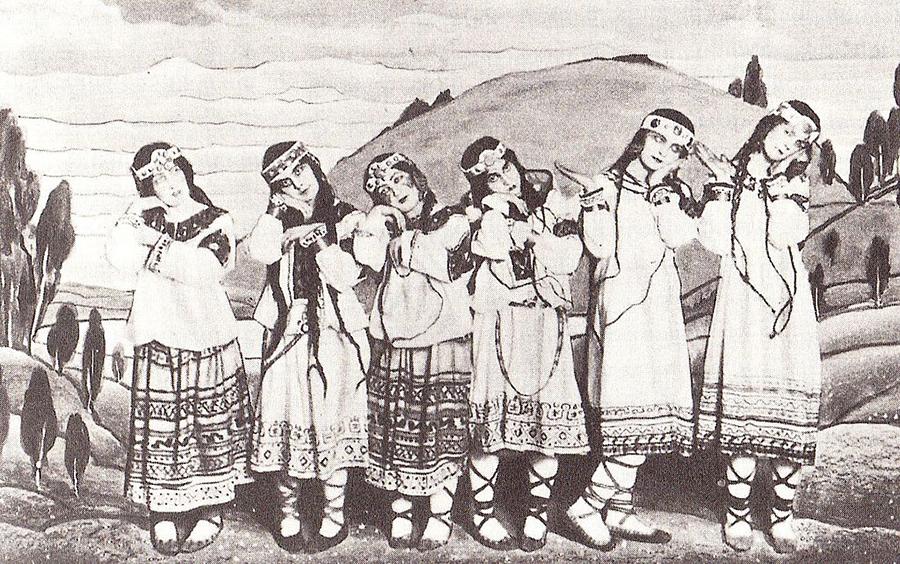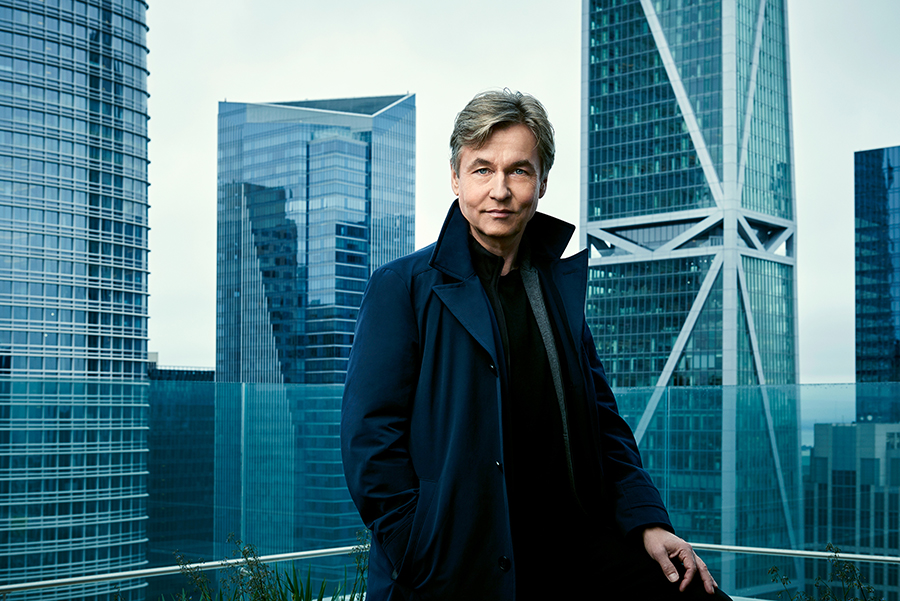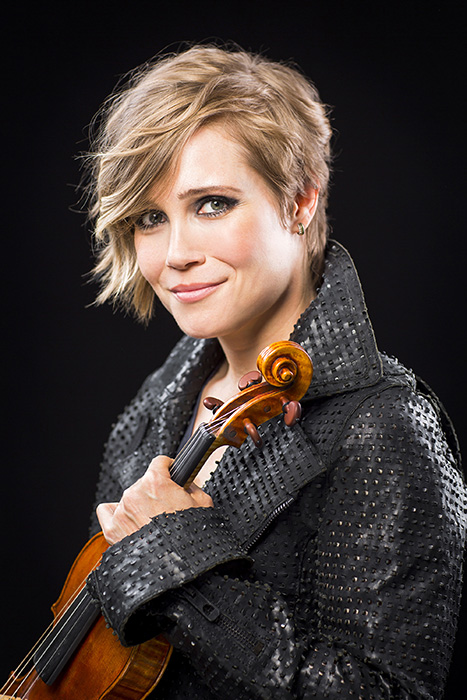This week the San Francisco Symphony is led by Music Director Esa-Pekka Salonen and joined by violinist Leila Josefowicz in a program of music which features the Symphony’s premiere of a work by Elizabeth Ogonek, the Violin Concerto in D Major by Igor Stravinsky and his music for the ballet The Rite of Spring.
The music of American composer Elizabeth Ogonek has been described by the Chicago Tribune as “shimmering” and “dramatic”. Ogonek’s own description of her work Sleep & Unremembrance, which opens this week’s concerts, is “a collage of random images”, her inspiration having been drawn from one of Wisława Szymborska‘s poems, While Sleeping – one of the last works written by the Polish poet before she died in 2012.
Elizabeth Ogonek has worked closely with the Chicago Symphony Orchestra – where she was composer in residence from 2015 to 2018 – and also with the London Symphony Orchestra – for whom she wrote Sleep & Unremembrance and as though birds. Both pieces were premiered at the London Barbican Centre, under the direction of François-Xavier Roth. Projects for this current season include a new chamber work for the 75th anniversary season of the Chamber Music Conference and Composers’ Forum of the East, and a new orchestral work that has been co-commissioned by the BBC Proms and the Los Angeles Philharmonic.
Leila Josefowicz – winner of a MacArthur Fellowship in 2008 and the 2018 Avery Fisher Prize – is a staunch advocate of contemporary music for the violin. Highlights of Ms Josefowicz’s recent seasons include appearances with the Berliner Philharmoniker, the National Symphony Orchestra in Washington, the Tonhalle-Orchester Zürich and the Boston, Chicago, Cleveland and Philadelphia orchestras, where she worked with conductors such as Susanna Mälkki, Matthias Pintscher and John Adams.
This current season, Ms Josefowicz has appeared with the Finnish Radio Symphony Orchestra, Los Angeles Philharmonic, NAC Orchestra Ottawa, Oslo Philharmonic, Dresdner Philharmonie, Concertgebouworkest and Budapest Festival Orchestra. Engagements lined up for the next few months include performances of Matthias Pintscher’s La Linea Evocativa: A Drawing for Solo Violin in Washington DC and the Wigmore Hall in London, John Adams’ Concerto for Violin Orchestra with David Robertson and the Budapest Festival Orchestra, Hartmann’s Concerto funèbre with Alexander Liebreich and the Prague Radio Symphony Orchestra, and the Stravinsky Violin Concerto with Nicholas Collon and the Dresden Philharmonic.
Igor Stravinsky – the composer whose work had such an extraordinary impact on the world of 20th century music – completed his Violin Concerto in 1931. The concerto was, to a degree, a collaboration between Stravinsky and Polish violinist Samuel Dushkin who, with the support of music publisher Willy Strecker, initially put the idea to Stravinsky. The composer was at first somewhat reluctant – mainly because he doubted his ability to write a work which would be “at once brilliant and practicable for the violin”, an instrument with which he wasn’t entirely comfortable. The partnership with Dushkin turned out, however, to be a successful one, as was the development of the concerto – as we now know. It was premiered on October 23rd, 1931, with Dushkin as soloist, and the composer conducting the Berlin Radio Orchestra.
It was Stravinsky’s 20-year collaboration with impresario Sergei Diaghilev and his Ballets Russes which gave the world The Rite of Spring. Having written the scores for The Firebird and Petrouchka, Stravinsky composed The Rite of Spring in 1911-12 (with further alterations being made in 1913 and 1943), dedicating the score to Nicholas Roerich, designer of the sets and costumes.
The composer was inspired by the somewhat unconventional choreography of Vaclav Nijinsky – which so perplexed the audience that it caused a furore at the ballet’s premiere on May 29th, 1913, at the Théâtre des Champs-Élysées in Paris. This premiere was conducted by Pierre Monteux who also led the first San Francisco Symphony performances of the original 1913 version in February 1939. The ballet – certainly one of the most influential works of the 20th century – is still regarded by some as a “startlingly modern work” (Encyclopaedia Britannica).

Stravinsky’s The Rite of Spring was the subject of one of Music Director Laureate Michael Tilson Thomas’ Keeping Score programs, broadcast on PBS.
Esa-Pekka Salonen leads the San Francisco Symphony and guest artist Leila Josefowicz in a program of music by Elizabeth Ogonek and Igor Stravinsky at Davies Symphony Hall from March 10th to 12th. To book tickets, follow this link, and for further information, visit the San Francisco Symphony website.
These are the first in a variety of performances of music by Stravinsky that Salonen leads this season. He also conducts semi-staged productions of Oedipus Rex and Symphony of Psalms (June 10th to 12th, 2022), and releases a digital-only performance of The Soldier’s Tale on SFSymphony+ in June, in a new staged production by director, designer, and filmmaker Netia Jones.
Information sourced from:
San Francisco Symphony program notes
Stravinsky – Violin Concerto – Michael Steinberg, courtesy of San Francisco Symphony
Stravinsky – The Rite of Spring – James M Keller, courtesy of San Francisco Symphony
Artists’ websites



